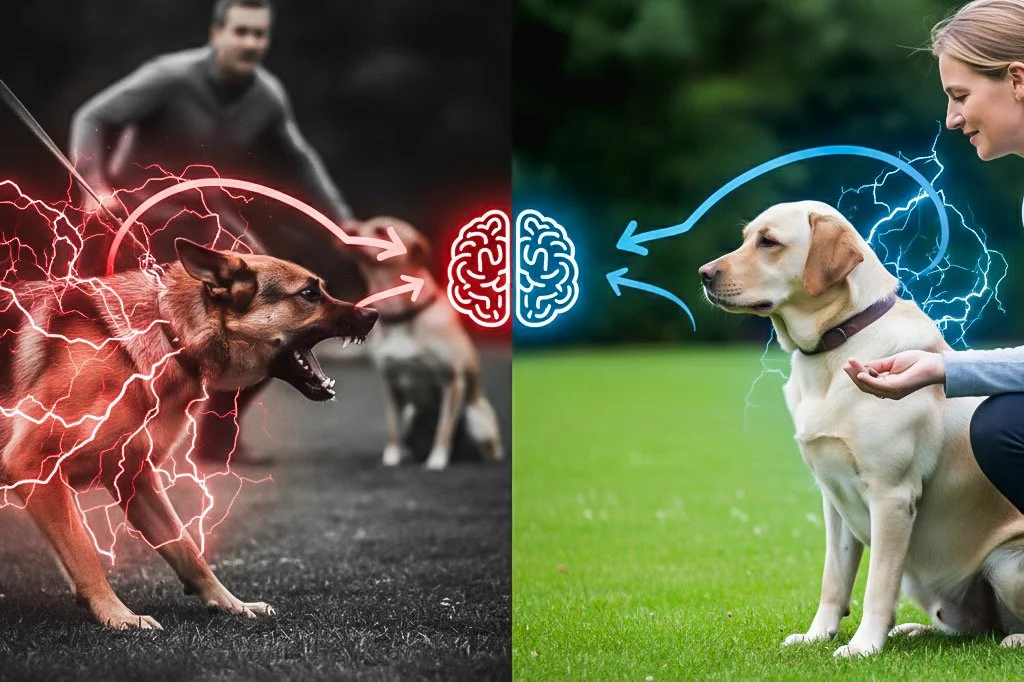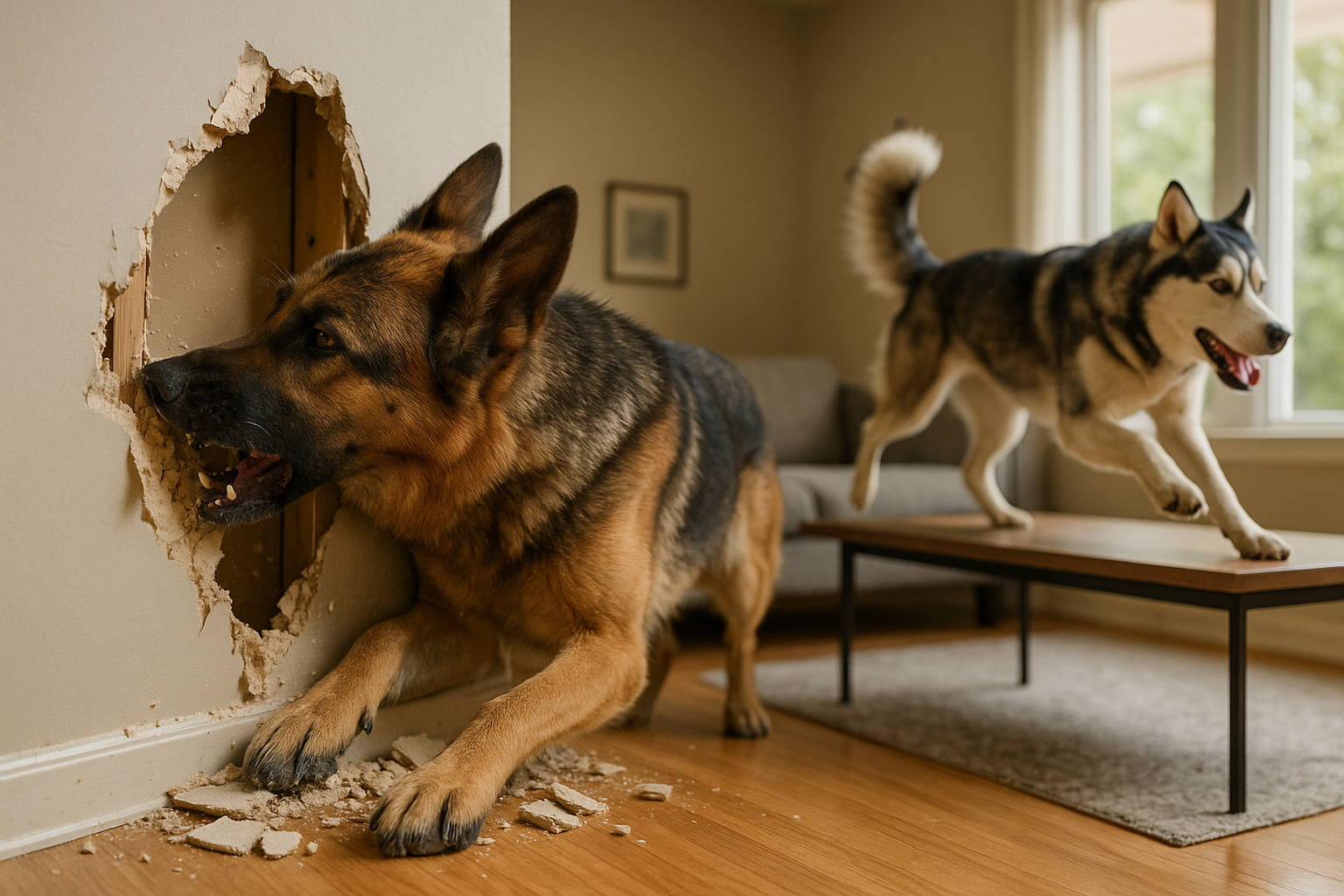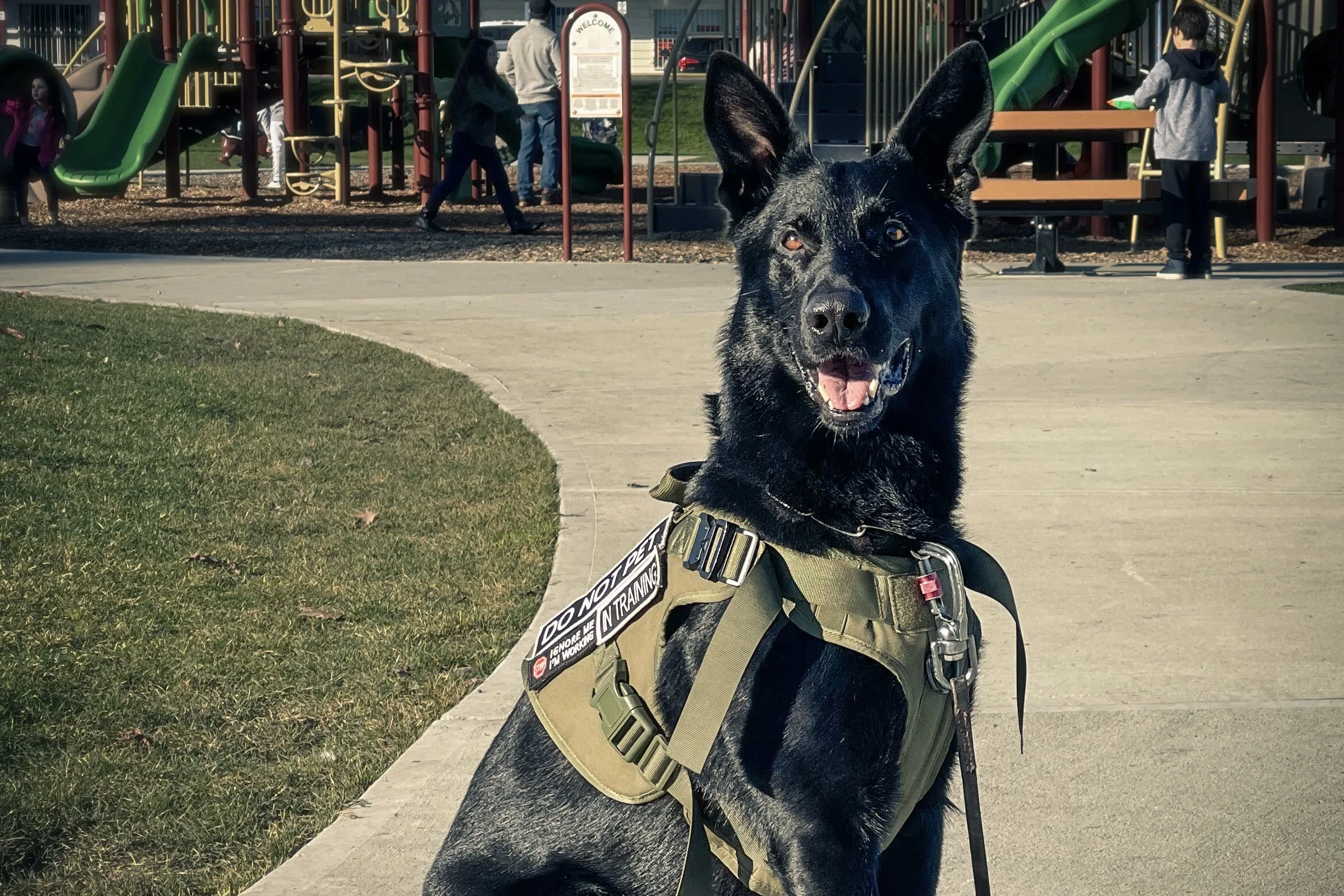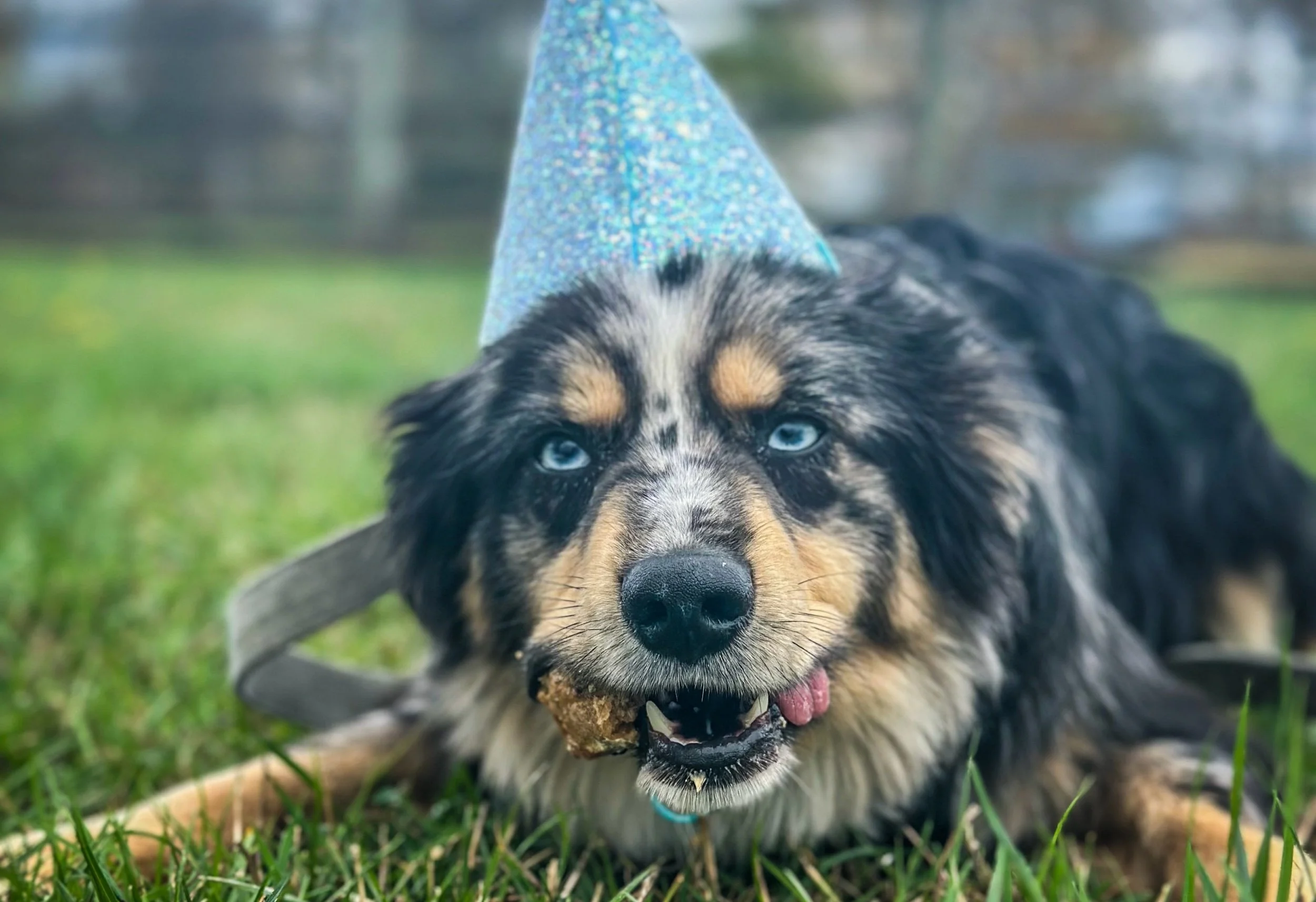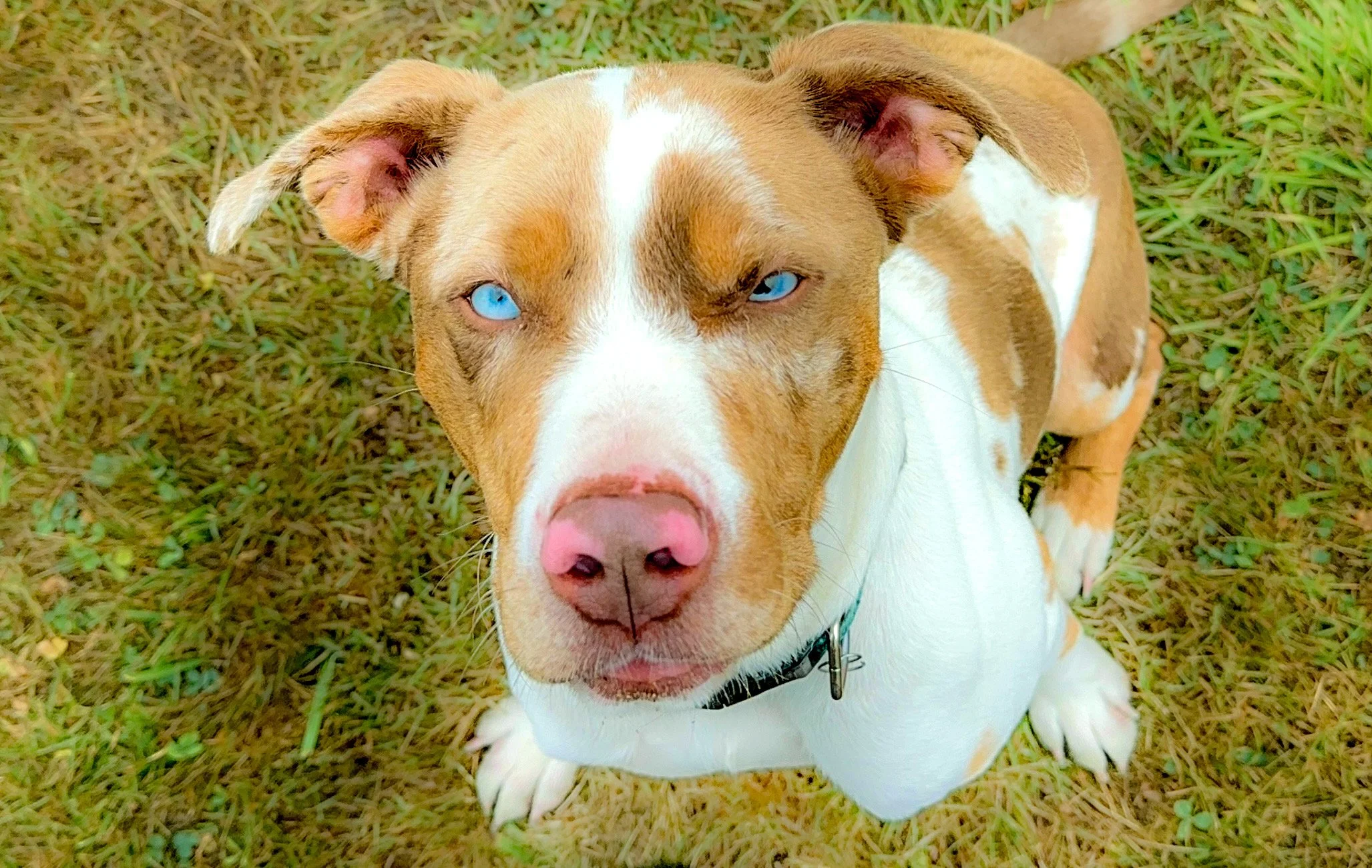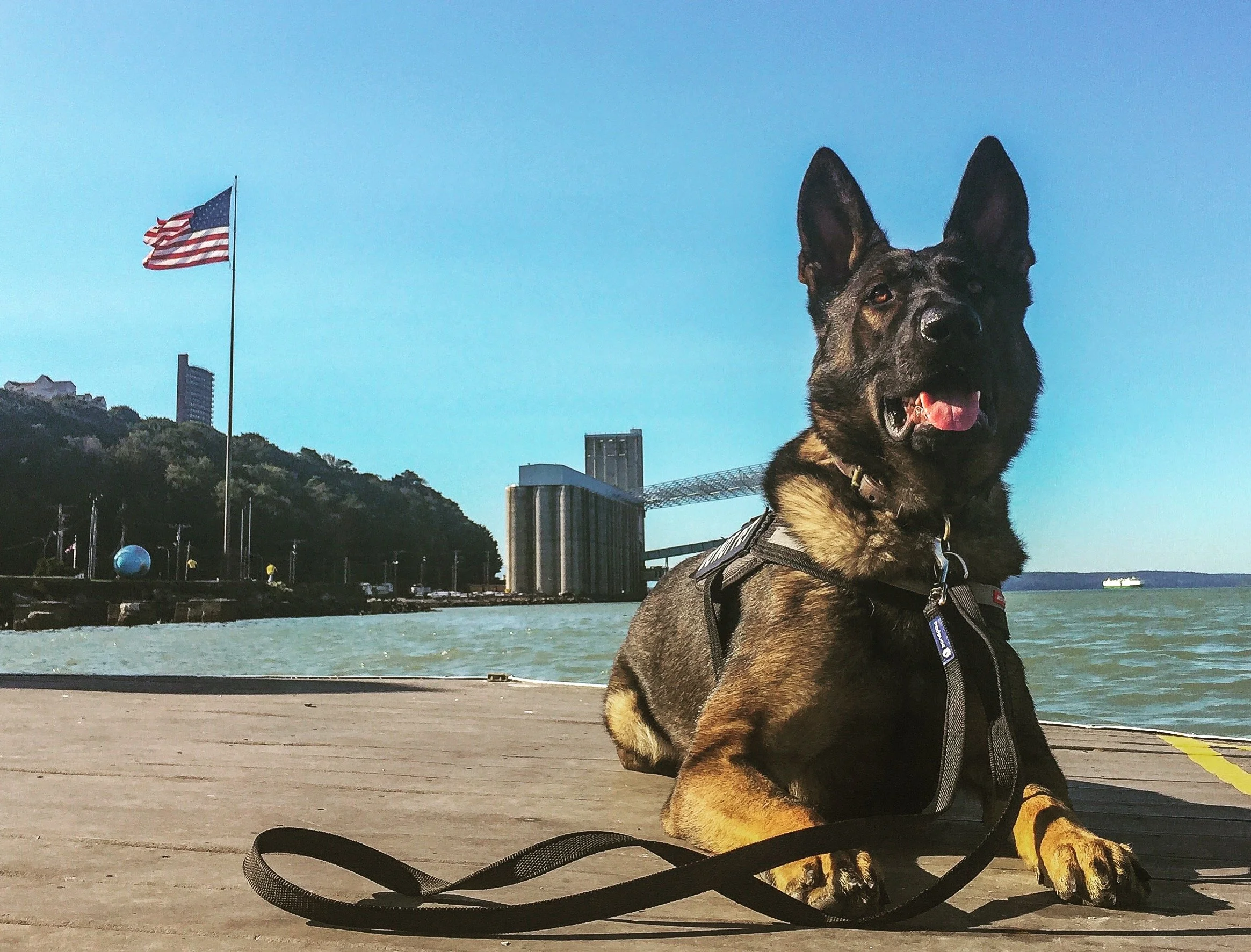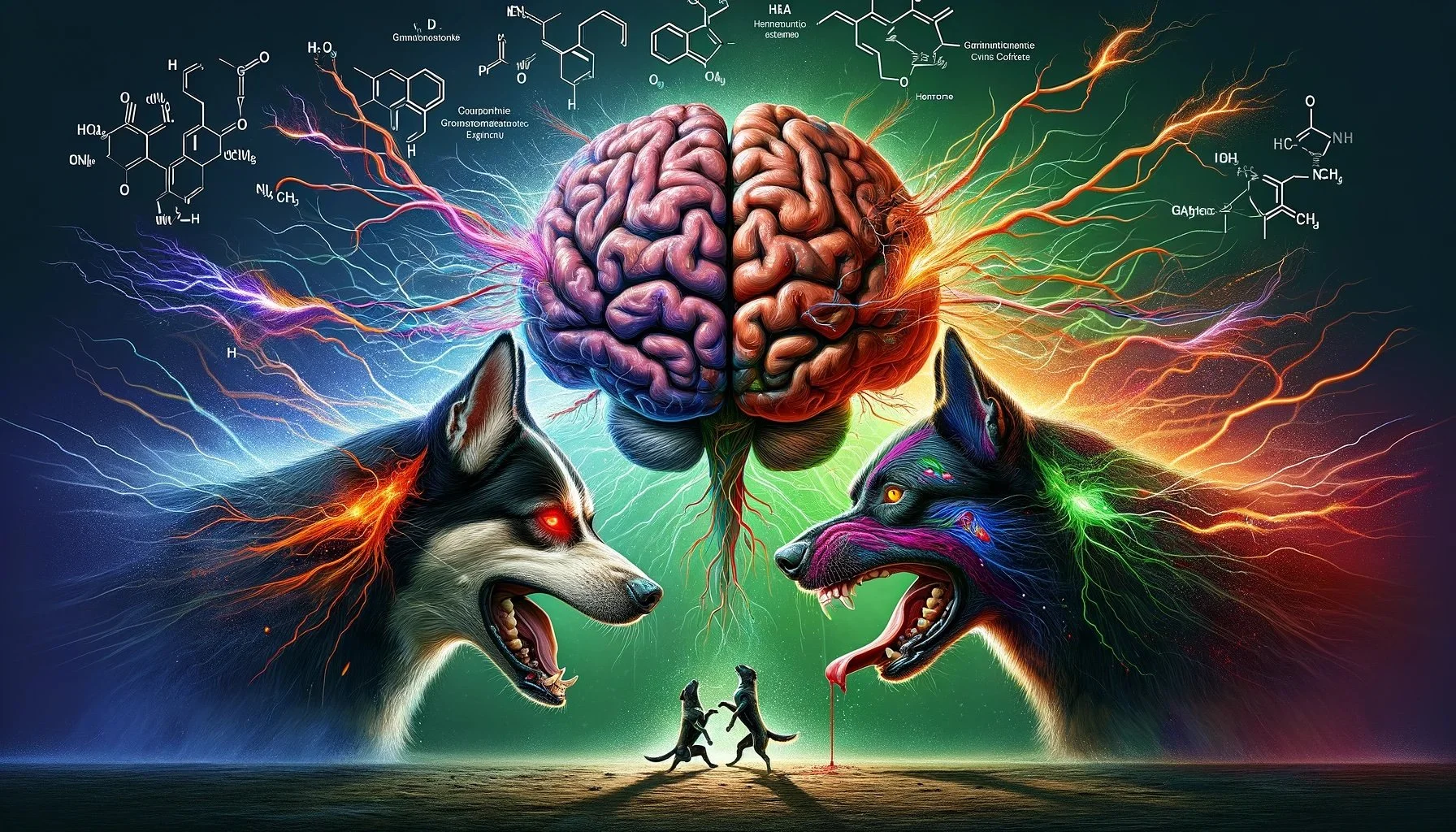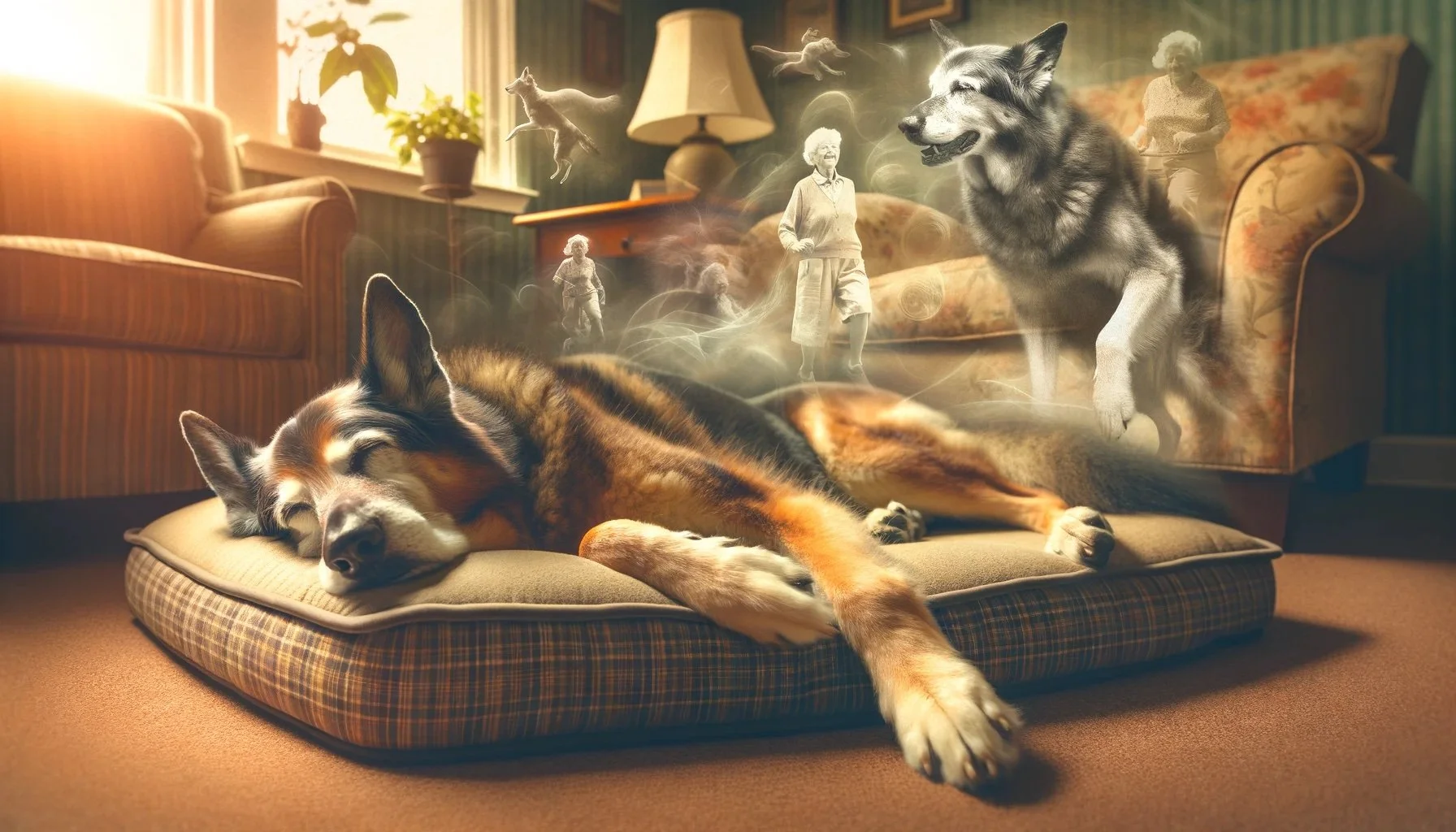The most catastrophic misdiagnosis I see in my work is the conflation of reactivity with aggression. One is a physiological reflex; the other is a learned strategy. In this article, I dissect the critical neurological difference between what I call the Primal Mind—the reflexive, amygdala-driven survival system—and the Cognitive Mind, which is the prefrontal cortex, the center of decision-making and intention. A reactive dog is a dog whose Primal Mind has hijacked its nervous system, often due to a high allostatic (stress) load, leaving it drowning in cortisol and unable to access its 'thinking' brain.
I also explore the tragic slide of how chronic, unmanaged reactivity becomes learned aggression, and how the handler's own nervous system—our own stress and tension—creates a devastating neuroceptive feedback loop that co-regulates our dog's panic. Understanding this biology is not academic; it is the only way to formulate a correct intervention. I provide the specific neurological protocols for both: how we rewire the Primal Mind's emotional association using counter-conditioning, and how we reroute the Cognitive Mind's learned strategy using a combination of differential reinforcement and safe, non-confrontational negative punishment. This is the science of moving from chaos to clarity.
